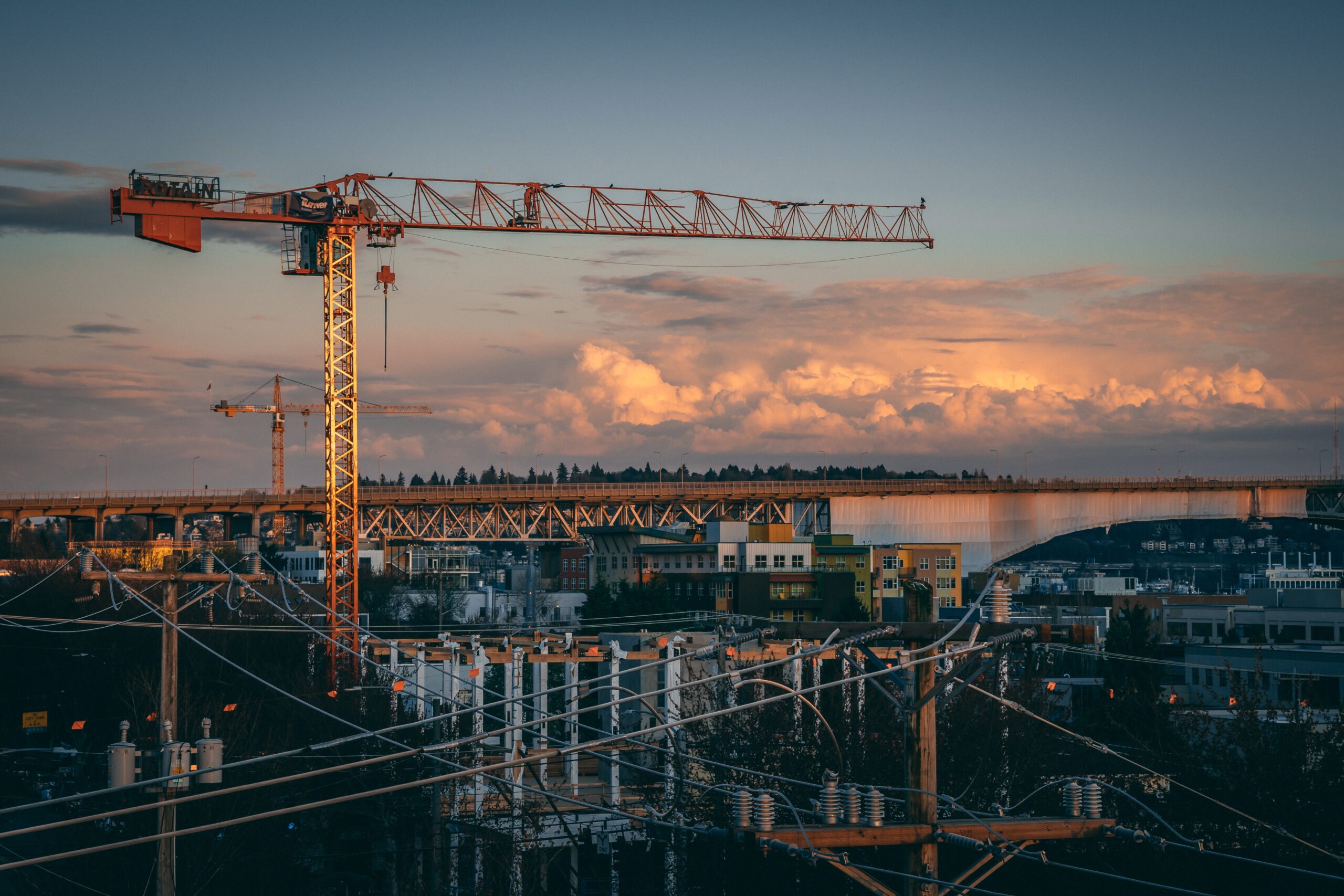Welcome to “Steel Structures Fabrication: Crafting Solid Foundations Through 5 Essential Stages” where we delve into the art and science of creating remarkable structures that stand the test of time
Steel, with its unparalleled strength, durability, and versatility, has become the material of choice for constructing magnificent structures that stand the test of time. From towering skyscrapers to intricate bridges, steel structure fabrication plays a vital role in bringing architectural dreams to life. This comprehensive guide will explore the fascinating world of steel structure fabrication, unveiling the techniques, processes, and considerations involved in constructing awe-inspiring steel structures.
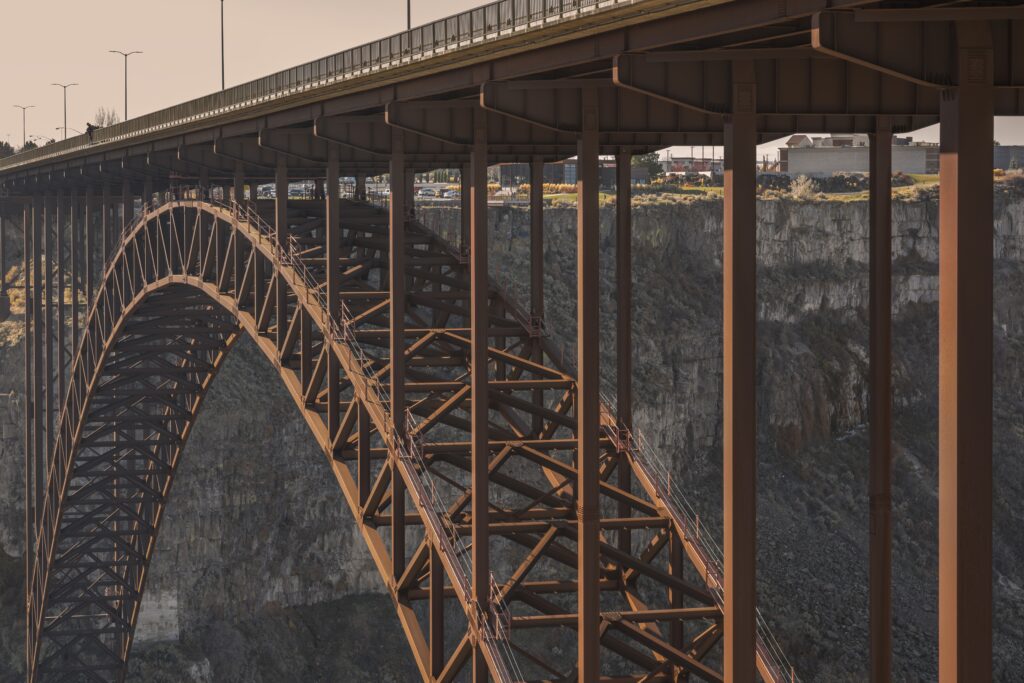
Table of Contents
The Power of Steel to Building Dreams with Steel
Steel is a material that has revolutionized the construction industry. Its exceptional strength-to-weight ratio, resistance to harsh environmental conditions, and flexibility make it an ideal choice for a wide range of structural applications. Whether it’s a residential building, a commercial complex, or an industrial facility, steel structures offer unparalleled structural integrity and design possibilities.
The Steel Structures Fabrication Process Unveiled (Guide to Steel Structures Fabrication)
1. Design and Planning:
The first step in steel structure fabrication is meticulous design and planning. Architects, structural engineers, and fabricators work collaboratively to develop detailed drawings and specifications that outline the structure’s dimensions, load-bearing requirements, and aesthetic elements. This stage also involves considering factors such as site conditions, environmental impacts, and local building codes.

2. Material Selection:
Choosing the right type and grade of steel is crucial for ensuring the desired structural performance. Factors like strength, ductility, corrosion resistance, and cost are taken into account during the material selection process. Commonly used steel grades include carbon steel, stainless steel, and high-strength low-alloy steel, each with its unique properties.

3. Cutting and Shaping:
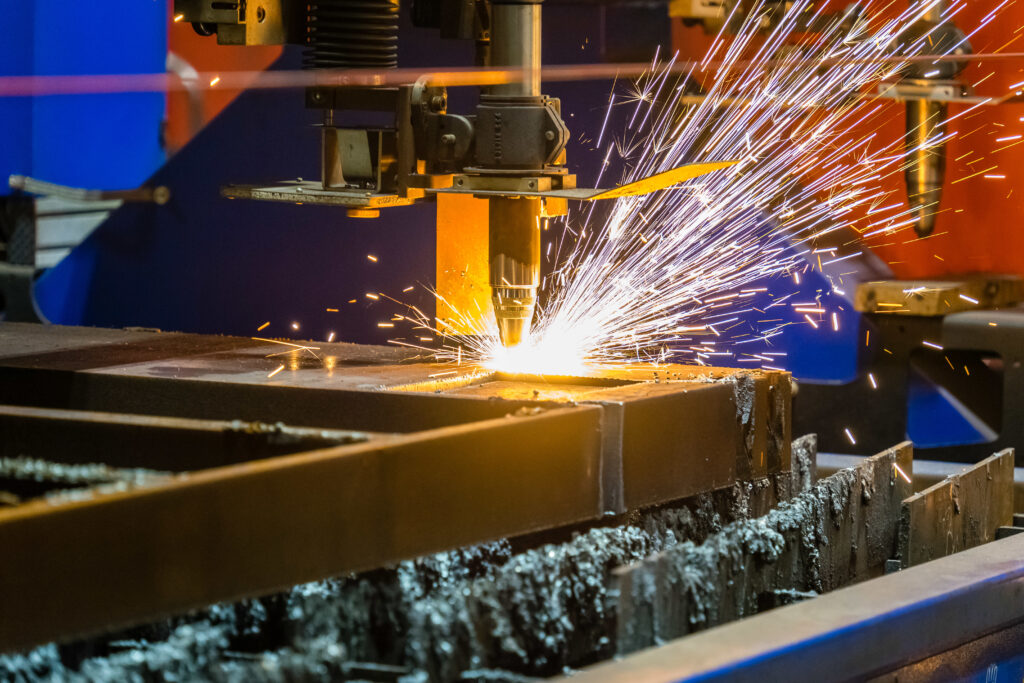
Once the design is finalized and the materials are procured, the fabrication process begins. Steel plates, beams, and sections are cut and shaped according to the design specifications. Advanced cutting techniques such as laser cutting, plasma cutting, or water jet cutting are employed to achieve precise and intricate shapes.
4. Welding and Joining:
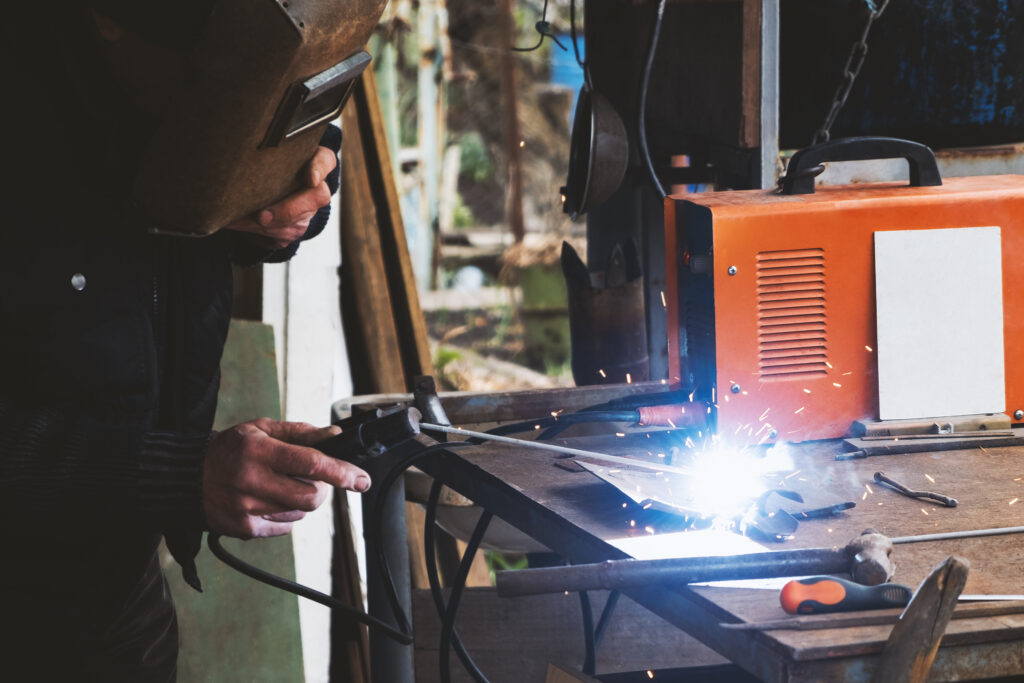
Welding is a fundamental aspect of steel structure fabrication. Different components are joined together using welding techniques such as arc welding, MIG welding, or TIG welding. Skilled welders ensure the integrity of the welds, creating strong and durable connections that withstand the forces acting on the structure.
5. Surface Treatment and Finishing:
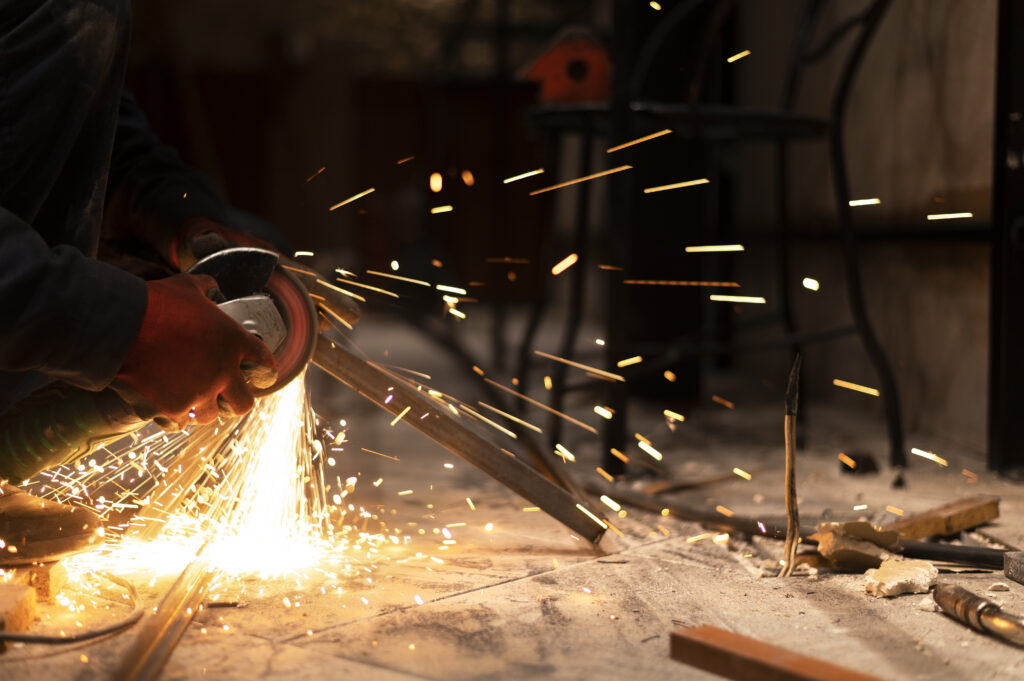
To enhance the steel’s longevity and protect it from corrosion, various surface treatments are applied. These can include primers, coatings, galvanization, or specialized paint systems. Additionally, finishing touches like sandblasting, grinding, or polishing may be employed to achieve the desired aesthetic appearance.
Quality Control and Safety Measures in the Steel Structures Fabrication Process
Maintaining high-quality standards and ensuring safety throughout the fabrication process is paramount. Quality control measures, such as non-destructive testing, dimensional checks, and material inspections, are implemented to verify the structural integrity of the fabricated components. Strict adherence to safety protocols and regulations minimizes the risks associated with handling heavy steel components and working at heights.
Advantages and Innovations in Steel Structure Fabrication
a. Speed and Efficiency:
Compared to traditional construction methods, steel structure fabrication offers faster project completion times. The prefabrication of steel components in controlled factory environments allows for parallel construction processes, reducing on-site labor and time requirements.
b. Sustainability:
Steel is a highly sustainable material. It is 100% recyclable, reducing waste and minimizing environmental impact. Furthermore, steel structures can incorporate energy-efficient features, such as insulated panels and renewable energy systems, making them environmentally friendly choices.
c. Architectural Freedom:
Steel’s versatility enables architects to create unique and innovative designs that push the boundaries of conventional construction. Its high strength allows for long spans, open floor plans, and creative architectural elements that captivate the imagination.
Case Studies: Iconic Steel Structures
a. The Eiffel Tower, Paris: A symbol of engineering brilliance, the Eiffel Tower showcases the extraordinary potential of steel in construction. Designed by Gustave Eiffel, this towering structure stands tall as an architectural marvel, captivating millions of visitors each year.
b. Burj Khalifa, Dubai: The Burj Khalifa, the tallest man-made structure in the world, combines steel and concrete to reach unprecedented heights. Its steel exoskeleton provides the structural strength necessary to withstand extreme wind loads and seismic forces.
Conclusion of Steel Structures Fabrication: Crafting Solid Foundations Through 5 Essential Stages:-
Steel structure fabrication is the backbone of modern construction, enabling the realization of architectural dreams with unparalleled strength, durability, and design flexibility. From meticulous planning and precise fabrication to quality control and innovative advancements, every step of the process contributes to creating awe-inspiring steel structures that stand as testaments to human ingenuity. As technology and engineering continue to evolve, steel structure fabrication will continue to shape the skylines and inspire generations to come.
For more informational content, please visit my website: Gyaanpool.com
For more information on Welding defects, please visit the page: Wiki.
You can also, visit my YouTube channel-Feather.

